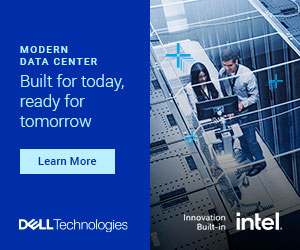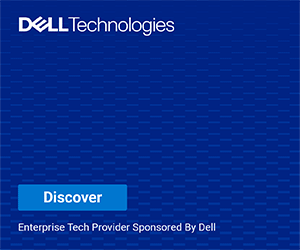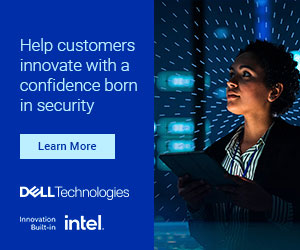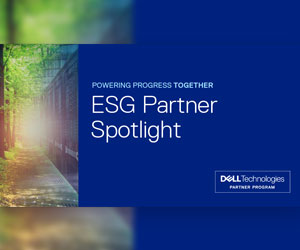Servers are the foundation of today’s modern IT infrastructure. They are largely responsible for running a wide array of workloads from databases to software-defined storage to IoT and AI-based applications. And as compute power has become more central in driving the digital economy, servers have quickly become the primary target of ever-evolving malicious attacks.
Historically security focus has been placed on the OS, the applications, firewalls and IPS and IDS systems. These all continue to be important areas to address. However, given the events of the past year or two that have shown threats to hardware, we see just as critical a need to secure hardware-based infrastructure like firmware, BIOS, BMC and other hardware protection, such as supply chain assurance.
The tale of two categories of server manufacturers
Server vendors can be defined in two categories - “Security Leaders” and “Security Laggards”. So, what’s the big difference?
Security Leaders are those manufacturers who have had IT infrastructure security in their sites before it was popular. They are laser-focused on the issue of firmware and hardware security. They understand that firmware and hardware vulnerabilities present a prime entry point for hackers. As such, they maintain direct control over critical firmware like the Unified Extensible Firmware Interface (UEFI) and baseboard management controller (BMC). Security Leaders also control the customization of their silicon. They deal only with reputable chip suppliers that these features run on. Security Leaders essentially control the server development process from design to manufacturing and provide integrated security features across the complete security lifecycle.
Security Laggards can often be referred to as low-cost server providers. Security and security feature innovation are not part of their modus operandi. Security Laggards have little to no control over their manufacturing supply chain. This invites hardware and firmware security vulnerabilities into the server ecosystem. Original design manufacturer (ODM) server vendors fall within this category since they depend on third-party software and third-party off-the-shelf silicon. Security Laggards do not control
the server development process from design to manufacturing. Security Laggards are happy to view security as the responsibility of the solution provider. With these vendors, solution providers need to be prepared to shoulder the entire burden of their customers’ IT infrastructure security.
The Dell EMC approach to server security provides peace of mind for partners and their customers
Dell EMC’s comprehensive approach to server security is unmatched in the marketplace. PowerEdge servers come with security designed and built-in, not bolted-on. Using a Cyber Resilient Architecture, Dell EMC commits to end-to-end server security on all PowerEdge servers. They focus on security features at the firmware and hardware level. In addition, PowerEdge servers come with standard- setting security spanning the IT security lifecycle according to the most current NIST Cybersecurity Framework. On a PowerEdge server, security is a standard, not just a set of features.
Dell EMC PowerEdge servers have featured robust security for several generations, including the innovation of using silicon-based data security. Dell EMC 14G PowerEdge servers extended silicon-based security to authenticate BIOS and
firmware with a cryptographic Root-of-Trust during server boot process.
Dell EMC PowerEdge servers conform to key industry standards on cryptography and security and perform on-going tracking and management of new vulnerabilities.
Dell EMC has implemented the Security Development Lifecycle process with security as a key element in every aspect of development, procurement, manufacturing, shipping, and support, all resulting in a Cyber Resilient Architecture.
Dell EMC PowerEdge servers are at the forefront when it comes to demonstrating their role as a Security Leader. Who better to trust with your server business – and your customers’ server environment than Dell EMC?
Learn more about the Dell EMC Cyber Resilient Architecture by visiting here





















